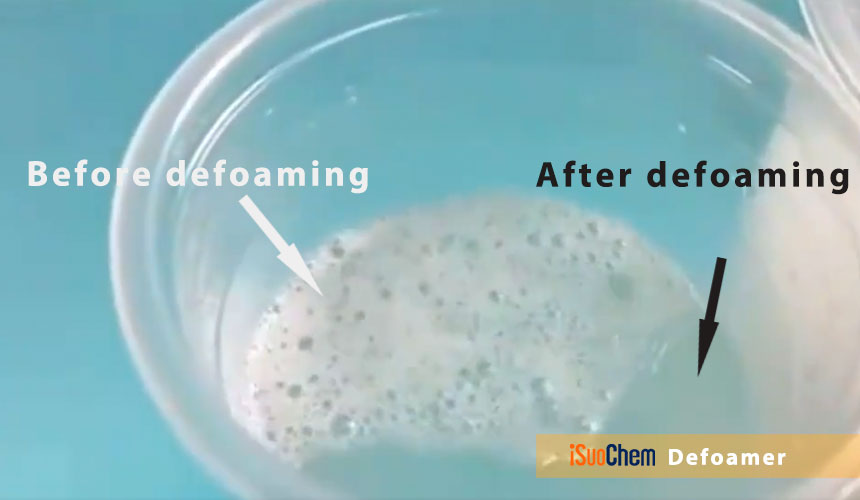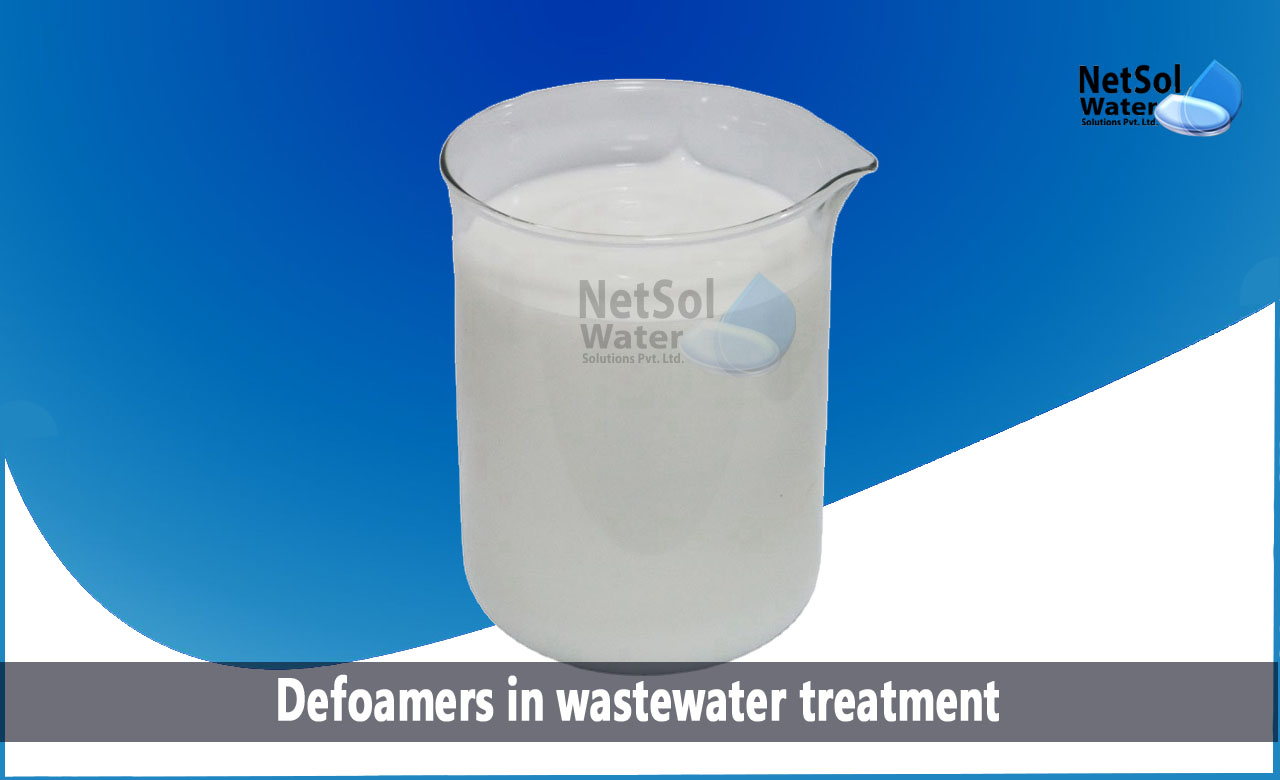The Science Behind Defoamers and Their Role in Foam Control
The Science Behind Defoamers and Their Role in Foam Control
Blog Article
The Role of Defoamers in Enhancing Product High Quality and Performance
In different producing procedures, the presence of foam can considerably impede product high quality and operational efficiency. Defoamers function as important additives that alleviate this concern, ensuring smoother production process while improving the aesthetic and practical characteristics of the end products (defoamers). Their application spans a wide variety of markets, from food and beverage to drugs, where consistency and integrity are paramount. However, the choice of the suitable defoamer can be critical to attaining optimum outcomes, raising crucial questions concerning formula compatibility and performance metrics that merit additional expedition.
Comprehending Defoamers
Recognizing the duty of defoamers is necessary for maintaining product top quality across various markets. Defoamers are chemical ingredients made to stop the development and decrease of foam in liquid systems, which can detrimentally affect processes such as mixing, filling up, and surface stress. Lathering can bring about inefficiencies, product defects, and compromised visual allure, making defoamers a vital part in making procedures.
In commercial applications, defoamers assist to improve product consistency and security. The reliable usage of defoamers not only guarantees smoother production procedures yet likewise contributes to superior item performance.
Furthermore, the selection and formula of a defoamer should align with particular application demands, such as compatibility with other ingredients, performance under varying temperature and pH problems, and prospective regulatory restrictions. Ultimately, understanding defoamers' features and their value in various solutions is critical for maximizing production and ensuring the best final product.
Kinds Of Defoamers
Defoamers can be categorized into numerous types based upon their composition and system of activity. The main kinds include silicone-based, non-silicone organic, and not natural defoamers.
Silicone-based defoamers are amongst one of the most effective, largely because of their capacity to spread promptly on the fluid surface and interrupt foam development. Their distinct chemical structure permits remarkable security, making them suitable for high-temperature applications and environments with varying pH degrees.
Non-silicone natural defoamers, typically made up of all-natural oils or fatty acids, are valued for their biodegradability and lower toxicity. These are typically utilized in food and drink applications where security and ecological impact are paramount.
Not natural defoamers, which include substances like talc or calcium carbonate, act by enhancing the thickness of the liquid, therefore decreasing foam stability. They are commonly used in commercial procedures where compatibility with various other products is not a problem.
Each type of defoamer has distinct advantages and limitations, allowing for tailored services depending on the particular foaming issues experienced in various applications. Understanding these differences is vital for maximizing efficiency and accomplishing preferred item top quality.
Applications Throughout Industries
Many markets leverage defoamers to improve product quality and functional effectiveness. In the food and beverage sector, defoamers are crucial in procedures such as brewing and milk manufacturing to stop foam formation, which can lead to inefficiencies and item disparity. By regulating foam, producers can ensure much better yield and an extra uniform product.
In the pharmaceutical industry, defoamers play an important role in the solution of liquid drugs, where excessive foam can restrain mixing and exact dosing. Their usage assists maintain the stability of the solutions and promotes smoother manufacturing processes.
The paint and coatings market additionally counts on defoamers to improve the efficiency of items throughout application. By decreasing foam, these additives make sure a smoother finish and enhance the aesthetic top qualities of the end product.

Advantages of Using Defoamers
While the application of defoamers differs across sectors, their benefits constantly improve item high quality and procedure performance. One substantial advantage is the decrease of foam formation during producing procedures, which can otherwise lead to manufacturing hold-ups and disparities in product quality. By minimizing foam, defoamers enable a smoother circulation of materials, facilitating a lot more reliable operations and lowering the these details likelihood of devices malfunctions.
In addition, making use of defoamers can enhance the look and structure of end products. In sectors such as layers, paints, and food processing, too much foam can endanger the visual looks and total high quality, while the appropriate defoamer application makes sure a consistent coating and desirable characteristics. Defoamers can contribute to cost savings by reducing waste during manufacturing and optimizing the use of raw materials.

Picking the Right Defoamer
Picking the right defoamer is important for optimizing production processes and making sure item top quality. The option of defoamer influences not only the efficiency of foam control however likewise the general performance characteristics of the final product. Aspects to consider include the type of application, the chemistry of the formulation, and the ecological conditions under which the product will be made use of.
Different industries may call for details defoamer kinds, such as silicone-based, natural, or polymeric defoamers. Comprehending the compatibility hop over to these guys of the defoamer with the main ingredients is important to avoid negative reactions that could compromise product integrity. Furthermore, the defoamer's performance in numerous temperatures and pH levels must be assessed to make sure constant performance.
Evaluating the defoamer in small-scale applications can offer valuable understandings right into its performance and viability. Factor to consider of regulatory conformity, specifically in food, pharmaceuticals, and cosmetics, is critical in picking a defoamer. Ultimately, a detailed assessment of these variables will bring about the selection of a defoamer that not just controls foam properly however also enhances the top quality and performance of the final product.
Final Thought

Finally, defoamers are important ingredients that significantly enhance item top quality and performance across numerous markets. By properly minimizing foam development, these representatives not just improve functional effectiveness however likewise add check to the aesthetic and practical honesty of items. The strategic choice and application of defoamers result in cost savings, maximized resource usage, and enhanced customer complete satisfaction. In general, the importance of defoamers in commercial procedures can not be overstated, as they play a vital duty in attaining consistent and top quality end results.
Lathering can lead to inadequacies, product problems, and compromised aesthetic allure, making defoamers a crucial component in making operations.

Report this page